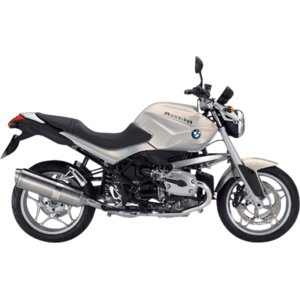BMW R 1200 R (2005–2010): The Boxer Roadster That Redefined Versatility
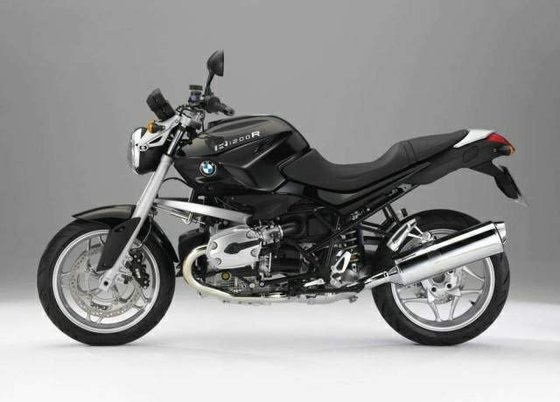
Introduction
The BMW R 1200 R, produced from 2005 to 2010, stands as a testament to the German marque’s ability to blend classic design with cutting-edge engineering. This generation of the R 1200 R wasn’t just a motorcycle—it was a statement. A naked roadster with the soul of a touring machine and the reflexes of a sportbike, it carved out a niche that few competitors could match. With its iconic boxer engine, advanced suspension systems, and a chassis that laughed at compromises, the R 1200 R became a favorite for riders who demanded versatility without sacrificing character.
Having spent a week with a well-maintained 2009 model, I can confirm: this bike doesn’t just age gracefully—it rides like it’s still fresh off the factory floor. Let’s dissect why this Boxer remains a benchmark in the naked segment.
Design & Ergonomics
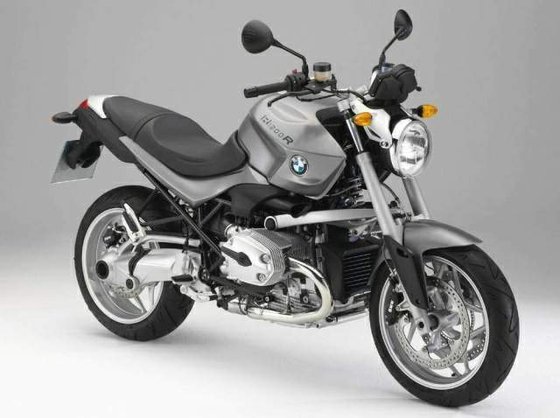
The R 1200 R’s design is a masterclass in purposeful minimalism. Unlike its fully faired siblings, this roadster strips away excess bodywork to showcase its mechanical heart: the 1,170 cc horizontally opposed twin. The engine’s protruding cylinders give the bike a muscular stance, while the tubular steel frame and understated tail section keep the aesthetics clean.
Key Highlights:
- Seat Height: At 800 mm (31.5"), the standard seat is accessible for most riders, though BMW offered low (770 mm / 30.3") and high (830 mm / 32.7") options.
- Weight Distribution: Despite a dry weight of 198 kg (436.5 lbs), the bike feels lighter thanks to its low center of gravity.
- Color Options: Early models came in subdued tones like Granite Grey and Night Black, while later years introduced bolder choices like metallic blue.
The riding position is upright and neutral, with wide handlebars that offer leverage for precise steering. The footpegs are mid-set, making it comfortable for both city commutes and long hauls. The analog-digital instrument cluster is legible, though purists might miss the retro charm of older BMWs.
Engine & Performance
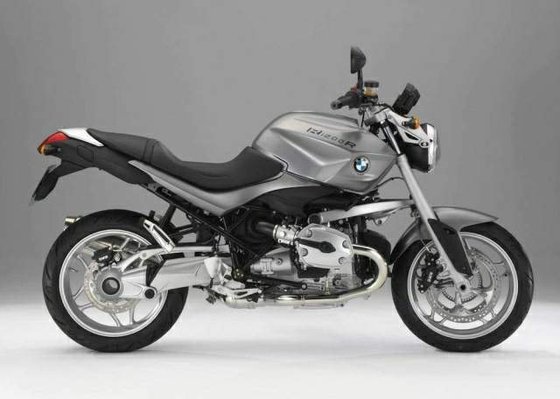
The star of the show is BMW’s air/oil-cooled boxer twin. With 109 HP (80 kW) at 7,500 RPM and 115 Nm (84.8 lb-ft) of torque at 6,000 RPM, this engine is a torque monster. It’s not the most powerful in its class, but the way it delivers power is magical.
Riding Impressions:
- Low-End Grunt: From 2,500 RPM, the engine pulls with authority. You’ll rarely need to rev past 5,000 RPM in daily riding.
- Smoothness: A balance shaft tames vibrations, though you’ll still feel a reassuring rumble through the bars at highway speeds.
- Fuel Efficiency: Averaging 4.1 L/100 km (57.4 MPG), it’s frugal for a 1,170 cc engine. The 18-liter (4.76-gallon) tank ensures 350+ km (217+ mi) between fill-ups.
The 6-speed transmission is slick, and the shaft drive eliminates chain maintenance—a boon for tourers. That said, hardcore riders might miss the raw feedback of a chain-driven bike.
Handling & Suspension
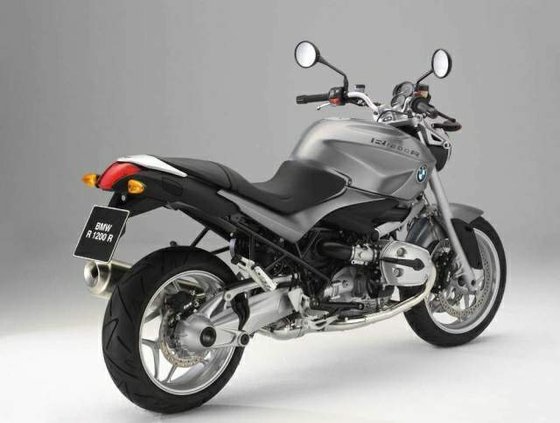
BMW’s Telelever front suspension and Paralever rear setup redefine stability. The Telelever eliminates dive under braking, while the Paralever counters shaft drive jacking. Combined with a 27.1° rake and 119 mm (4.7") trail, the R 1200 R feels planted yet agile.
Key Features:
- Front Suspension: BMW Telelever with 120 mm (4.7") of travel.
- Rear Suspension: Paralever single-sided swingarm with 140 mm (5.5") of travel and hydraulic preload adjustment.
- Tires: 120/70-ZR17 front and 180/55-ZR17 rear (ContiRoad Attacks on later models).
On twisty roads, the bike leans into corners with confidence. The Michelin Pilot Roads (optional) offer grip worthy of a sportbike, and the ABS-equipped brakes (dual 320 mm front discs, single 265 mm rear) inspire trust in wet or dry conditions.
Technology & Innovations
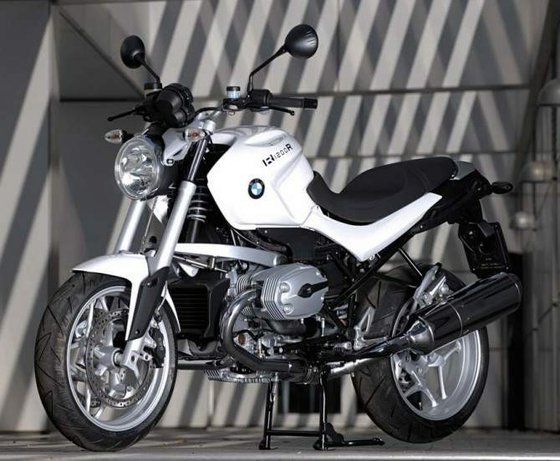
The R 1200 R was a tech flagship for its era:
- Integral ABS (Optional): A non-servo system that feels natural, unlike BMW’s earlier setups.
- Automatic Stability Control (ASC): Debuting in 2007, this traction control system cuts ignition during rear wheel spin.
- Tyre Pressure Control (TPC): Sensors alert riders to pressure drops mid-ride.
While ASC and TPC were optional, they set the stage for modern safety tech. Even today, these features remain relevant for riders prioritizing safety.
Competition

The R 1200 R faced stiff competition in the naked segment:
1. Ducati Monster S4R (2005–2008)
- Pros: 996 cc Desmo V-twin, 113 HP, lighter chassis.
- Cons: Higher maintenance costs, firmer ride.
- Verdict: The Monster is rawer and sportier but lacks the BMW’s touring DNA.
2. Moto Guzzi Breva 1100 (2005–2010)
- Pros: Shaft drive, charismatic 1,064 cc V-twin.
- Cons: 86 HP, heavier at 229 kg (505 lbs).
- Verdict: The Breva is a charming underdog but can’t match the R 1200 R’s polish.
3. Yamaha FZ1 (2006–2010)
- Pros: 150 HP inline-four, aggressive pricing.
- Cons: Chain drive, buzzy at high RPMs.
- Verdict: The FZ1 appeals to speed demons but feels less sophisticated.
The BMW’s blend of shaft drive, low maintenance, and all-weather tech made it a unique proposition. It wasn’t the fastest or lightest, but it was arguably the most versatile.
Maintenance
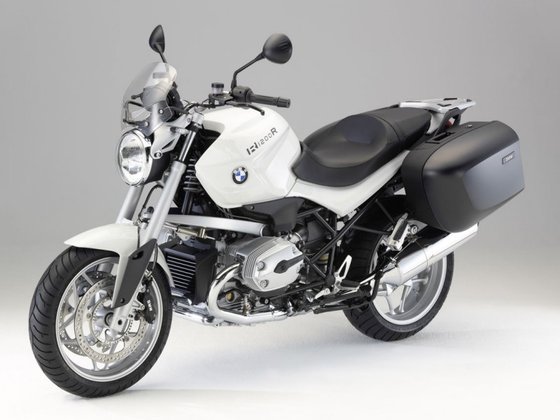
Owning an R 1200 R is relatively hassle-free, but attention to detail pays off:
Key Service Intervals:
- Oil Changes: Every 10,000 km (6,200 mi) with SAE 15W-50 (4.0L with filter).
- Valve Adjustments: Every 20,000 km (12,400 mi). Cold clearance: 0.15 mm intake / 0.30 mm exhaust.
- Spark Plugs: Replace every 20,000 km with NGK DCPR8EKC (standard) or DCPR8EIX (iridium).
- Final Drive Oil: 180 ml of SAE 75W-90 every 20,000 km.
Common Upgrades:
- Aftermarket Exhaust: Unleash the boxer’s growl with a slip-on from brands like Remus.
- Windshield: BMW’s Sport screen reduces fatigue on long rides.
- Suspension Tweaks: Hyperpro springs improve damping for aggressive riders.
Troubleshooting Tips:
- ABS Module: Early models occasionally suffer from ABS pump failures. Test the system regularly.
- Throttle Response: Clean the throttle bodies if you notice hesitation—it’s often a quick fix.
At MOTOPARTS.store, we stock everything from OEM-spec oil filters to performance brake pads, ensuring your R 1200 R stays in peak condition.
Conclusion

The BMW R 1200 R (2005–2010) is a rare breed: a motorcycle that excels at everything without shouting about it. It’s a commuter, a canyon carver, and a continental tourer rolled into one. The boxer engine’s character, the shaft drive’s practicality, and the suspension’s wizardry create a package that’s greater than the sum of its parts.
Fifteen years on, it’s not just a relic—it’s a reminder that great design transcends trends. Whether you’re threading through traffic or exploring backroads, the R 1200 R delivers a riding experience that’s both engaging and effortless. And with the right care (and a few upgrades from MOTOPARTS.store), it’ll keep doing so for decades to come.
Ride safe, and keep the boxer twin thumping.

Specifications sheet
| Engine | |
|---|---|
| Stroke: | Four-stroke |
| Max power: | 80 kW | 107.0 hp |
| Max torque: | 115 Nm |
| Fuel system: | Electronic fuel injection (BMS-K) |
| Max power @: | 7500 rpm |
| Displacement: | 1170 ccm |
| Max torque @: | 6000 rpm |
| Bore x stroke: | 101.0 x 73.0 mm (4.0 x 2.9 in) |
| Configuration: | Oposite |
| Cooling system: | Air/Oil-cooled |
| Compression ratio: | 11.0:1 |
| Number of cylinders: | 2 |
| Dimensions | |
|---|---|
| Wheelbase: | 1495 mm (58.9 in) |
| Dry weight: | 198 |
| Wet weight: | 223 |
| Seat height: | 800 mm (31.5 in), adjustable to 770 mm (30.3 in) or 830 mm (32.7 in) |
| Overall width: | 872 mm (34.3 in) |
| Overall height: | 1273 mm (50.1 in) |
| Overall length: | 2145 mm (84.4 in) |
| Ground clearance: | 165 mm (6.5 in) |
| Fuel tank capacity: | 18 L (4.76 US gal) |
| Drivetrain | |
|---|---|
| Final drive: | shaft |
| Gear ratios: | 1st 2.375, 2nd 1.696, 3rd 1.296, 4th 1.065, 5th 0.939, 6th 0.848 |
| Transmission: | 6-speed |
| Electrical | |
|---|---|
| Battery: | 12V 14Ah maintenance-free |
| Alternator: | 720W three-phase |
| Maintainance | |
|---|---|
| Rear tire: | 180/55-z-17 |
| Engine oil: | 15W50 |
| Front tire: | 120/70-z-17 |
| Break fluid: | DOT 4 |
| Gearbox oil: | 900 ml SAE 75W-90 |
| Spark plugs: | NGK DCPR8EKC / NGK DCPR8EIX |
| Final drive oil: | 180 ml SAE 75W-90 |
| Forks oil capacity: | 0.92 |
| Engine oil capacity: | 4.0 |
| Engine oil change interval: | Every 5000 km or 2 years |
| Valve clearance (intake, cold): | 0.15 mm |
| Valve clearance check interval: | 24,000 km (15,000 mi) |
| Valve clearance (exhaust, cold): | 0.30 mm |
| Recommended tire pressure (rear): | 2.5 bar (36 psi) solo / 2.9 bar (42 psi) with passenger |
| Recommended tire pressure (front): | 2.2 bar (32 psi) solo / 2.5 bar (36 psi) with passenger |
| Chassis and Suspension | |
|---|---|
| Frame: | Tubular steel spaceframe with load-bearing engine |
| Rear brakes: | Single 265 mm disc, 2-piston caliper (ABS optional) |
| Front brakes: | 2 x 320 mm discs, 4-piston calipers (ABS optional) |
| Rear suspension: | Paralever single-sided swingarm, adjustable preload and rebound damping |
| Front suspension: | BMW Telelever, 41 mm stanchions, central spring strut |
| Rear wheel travel: | 140 mm (5.5 in) |
| Front wheel travel: | 120 mm (4.7 in) |



